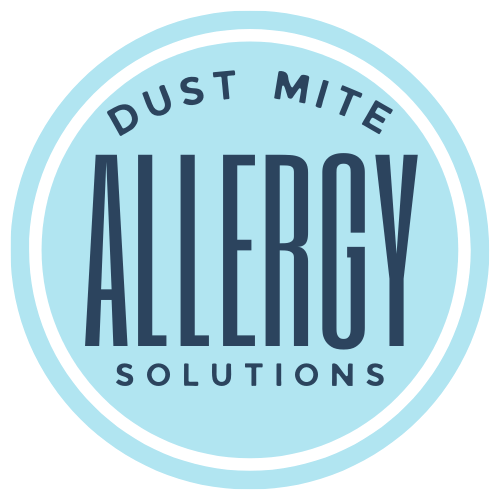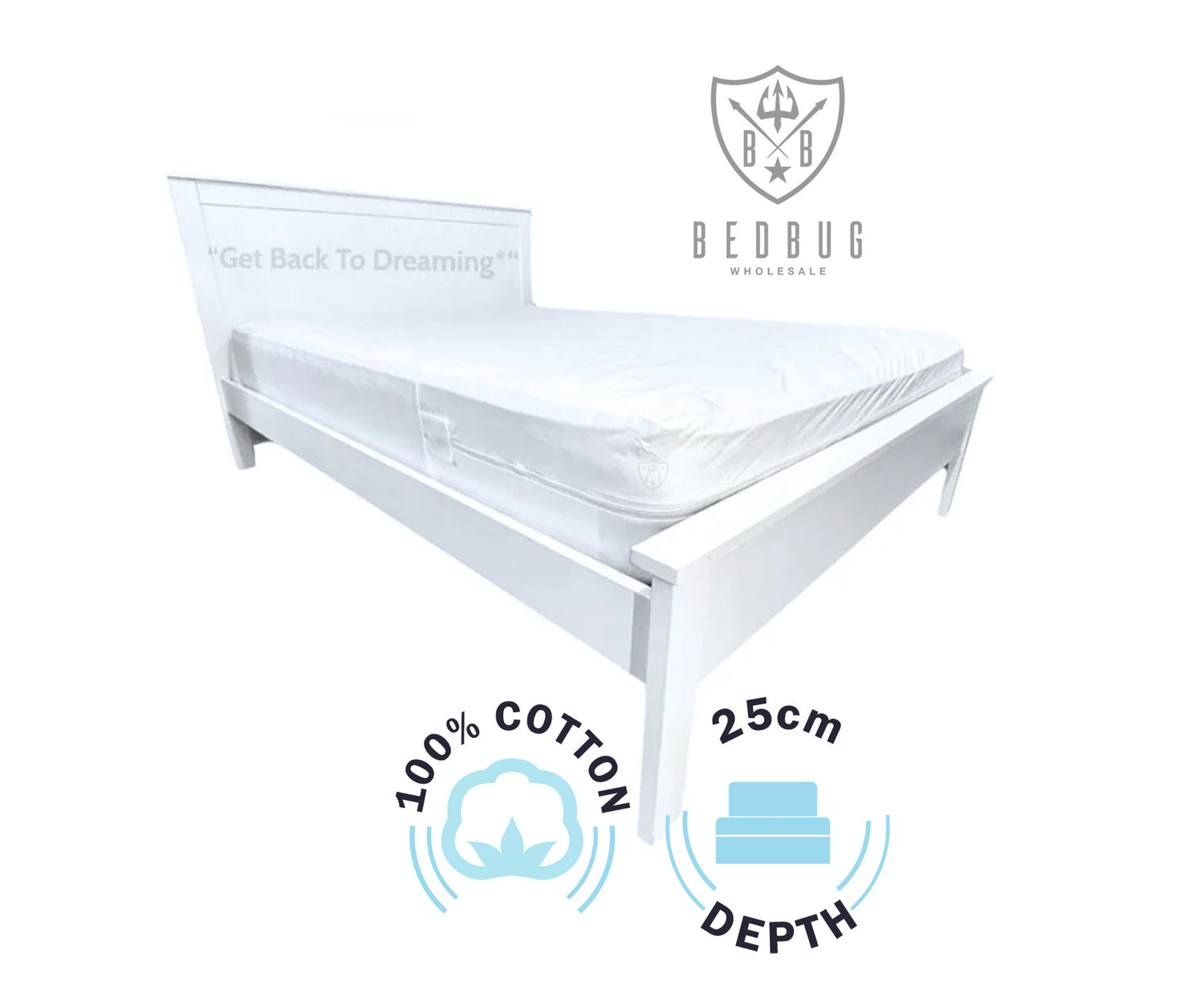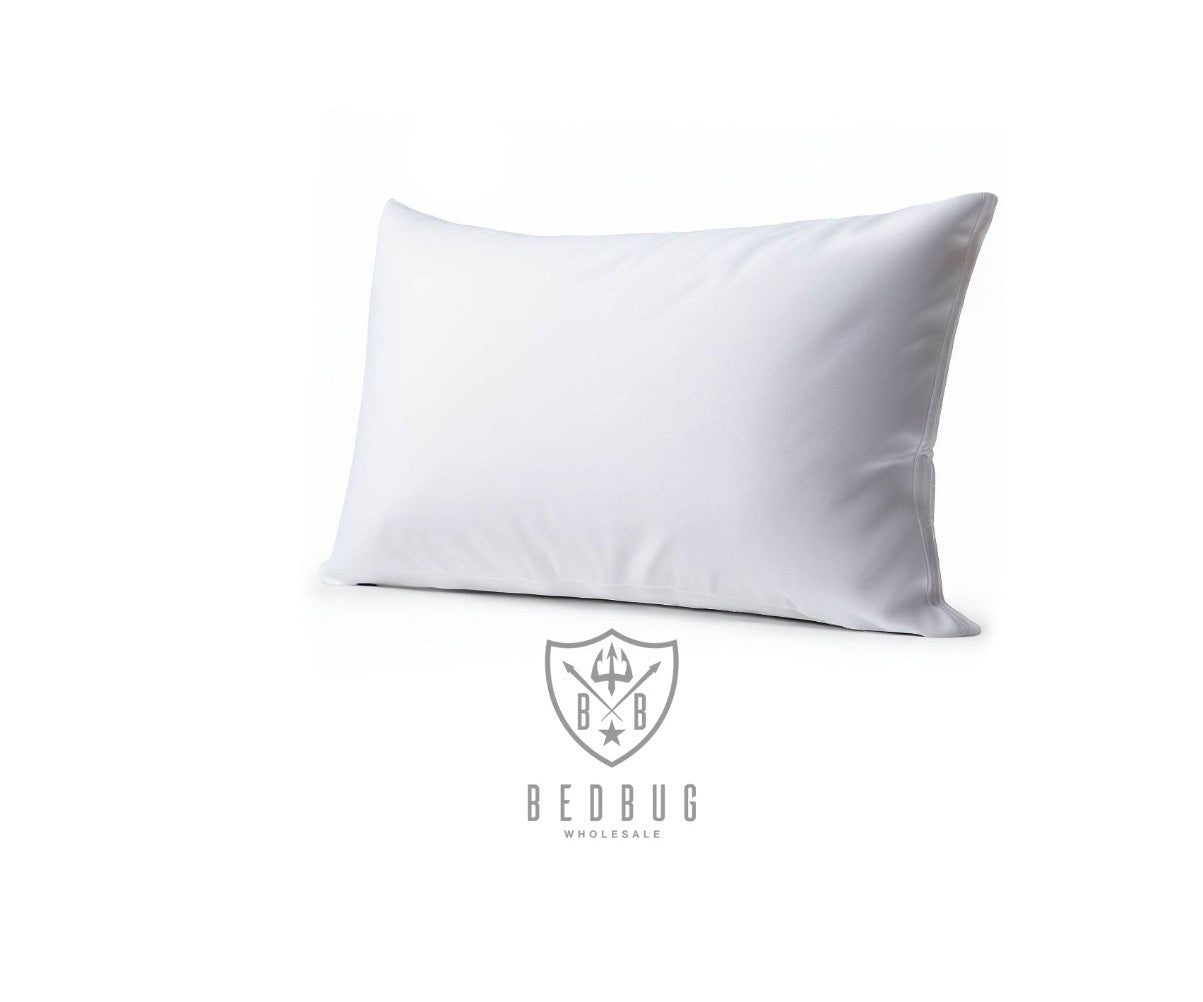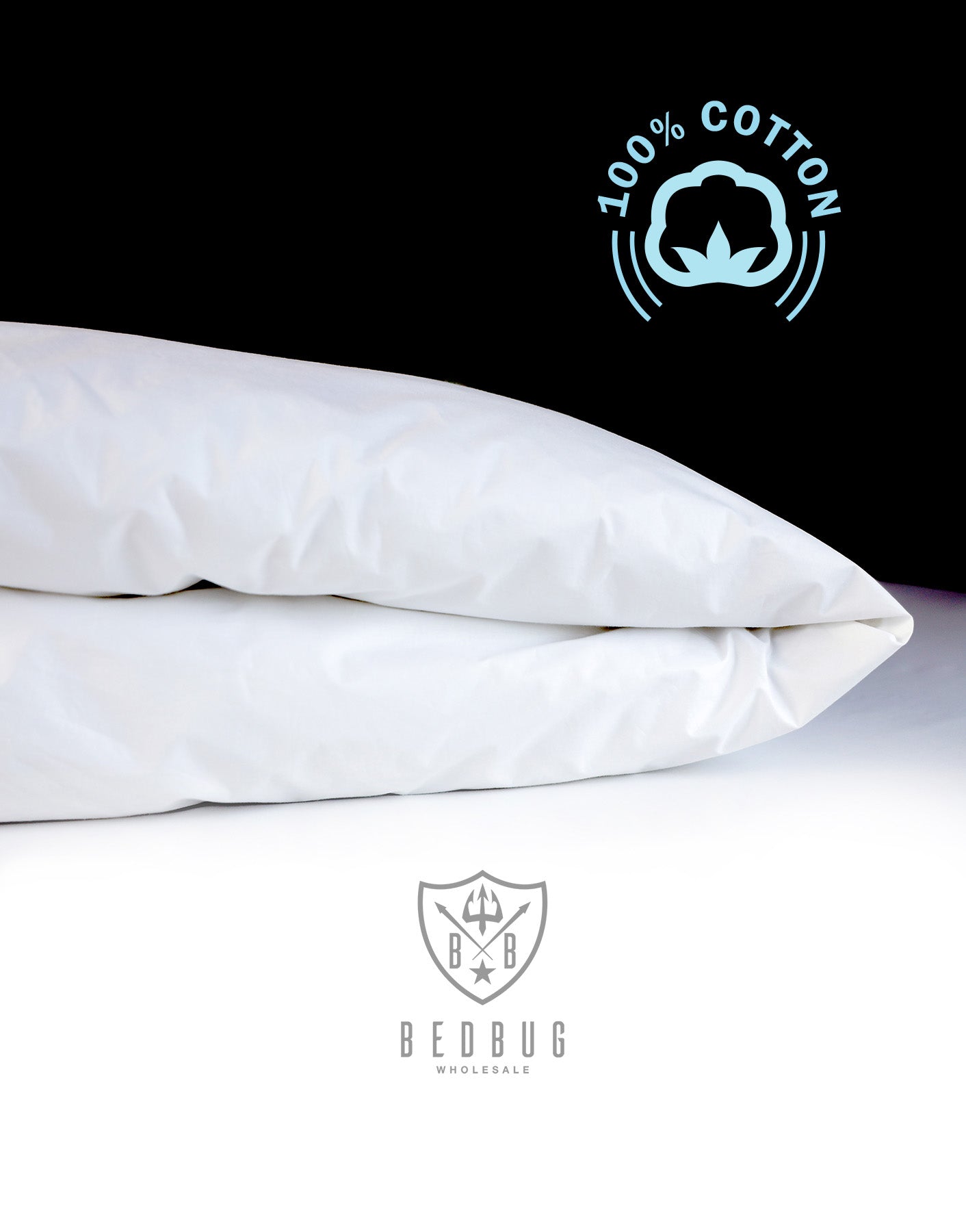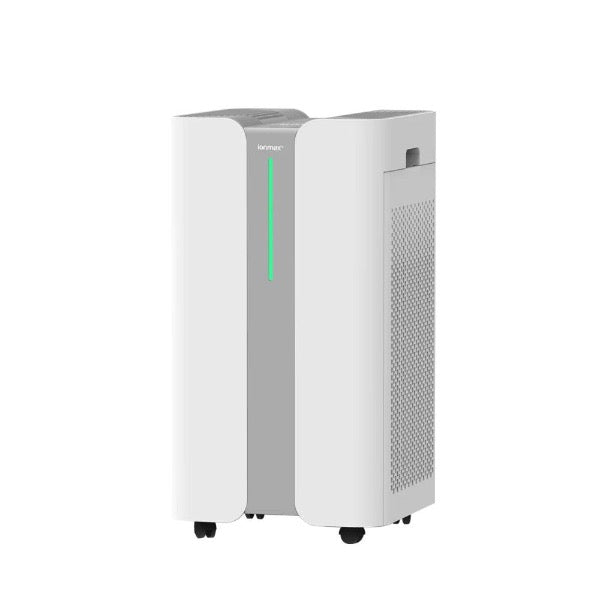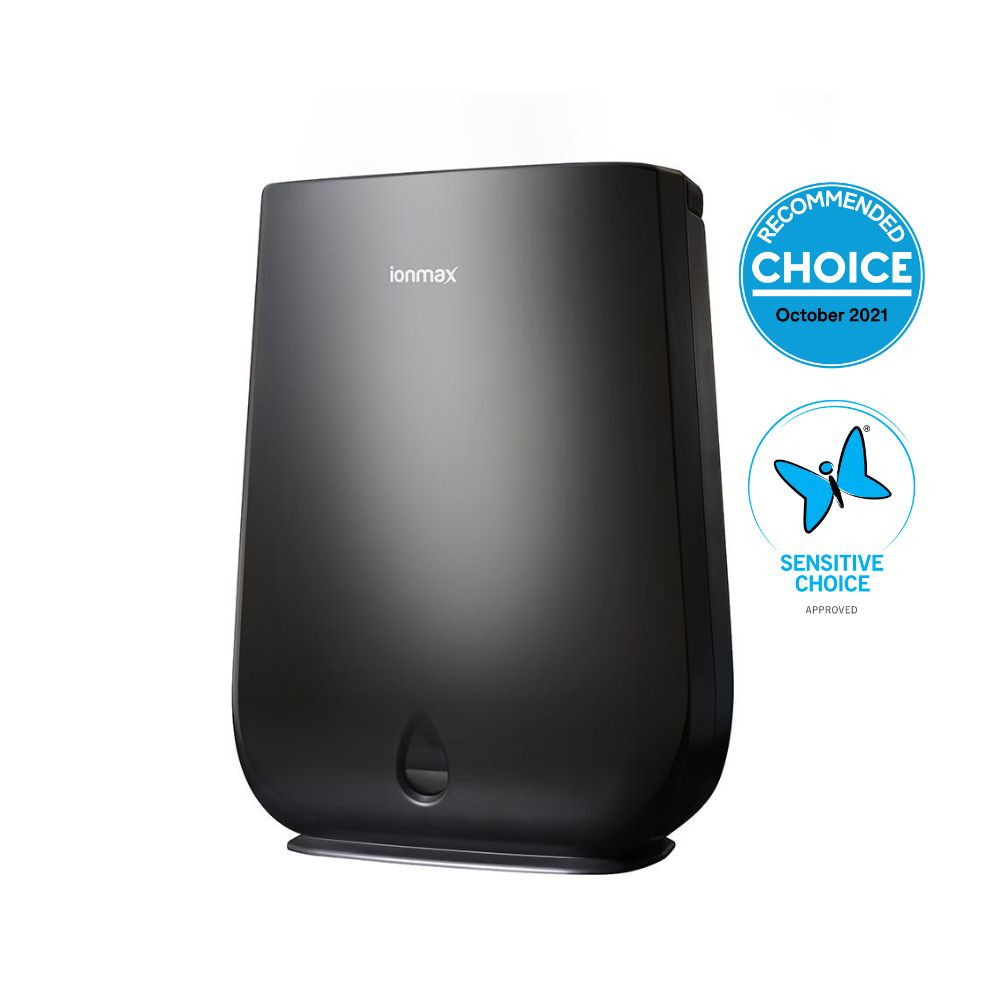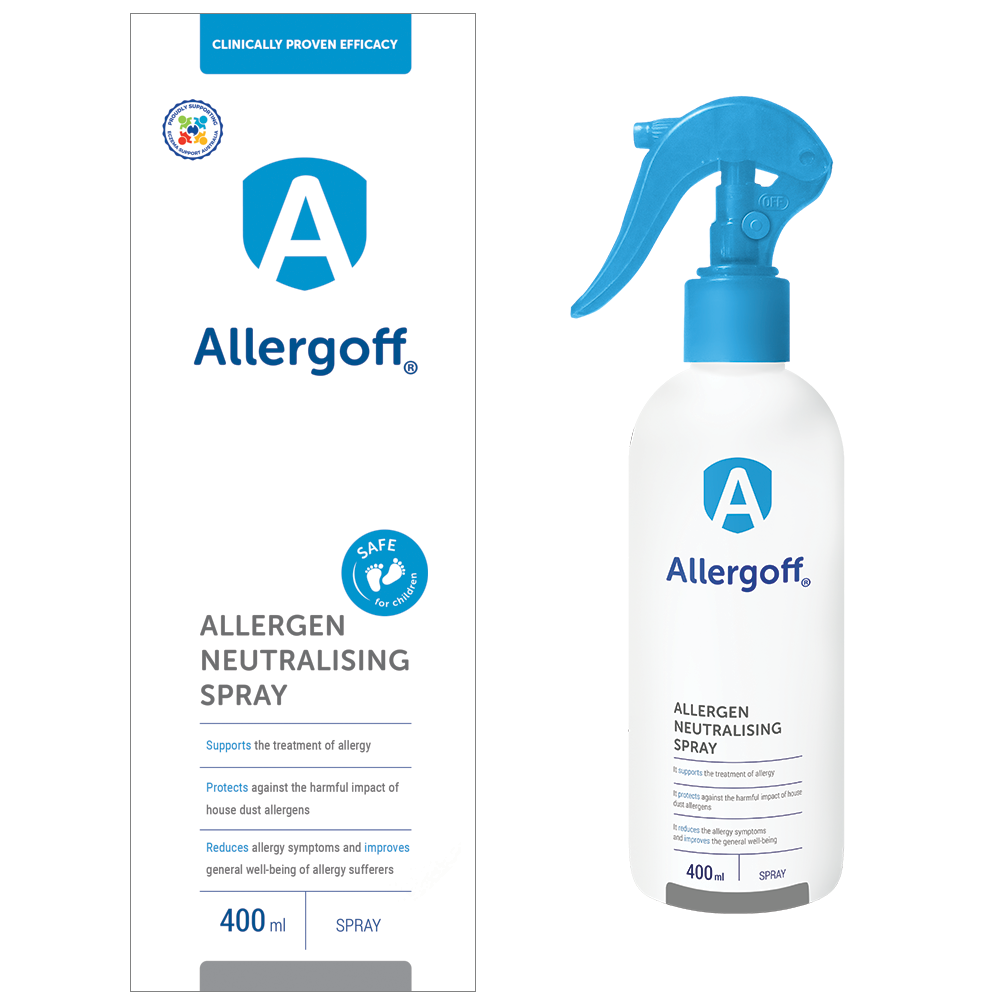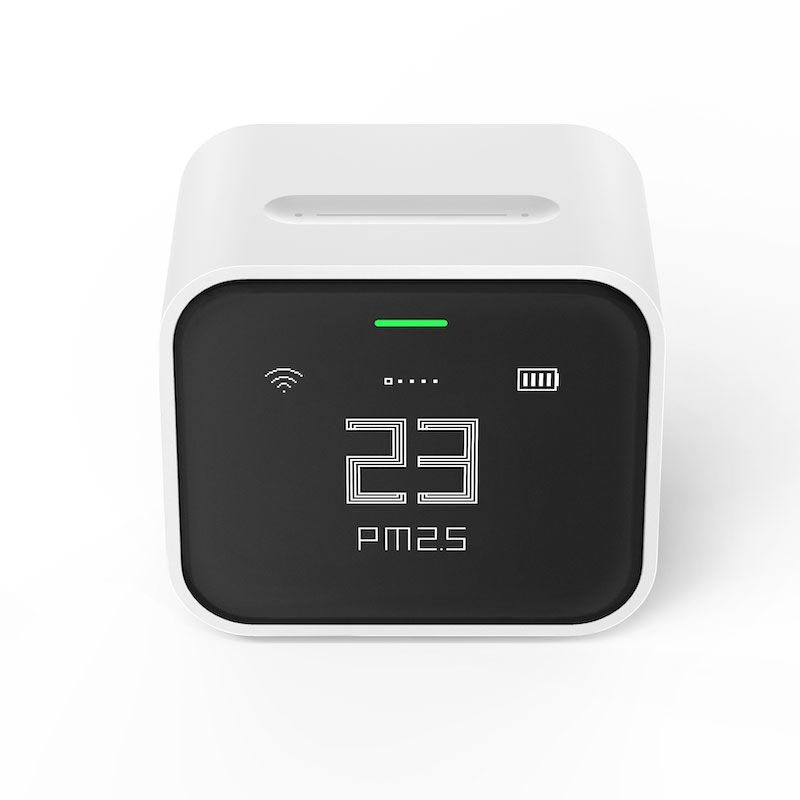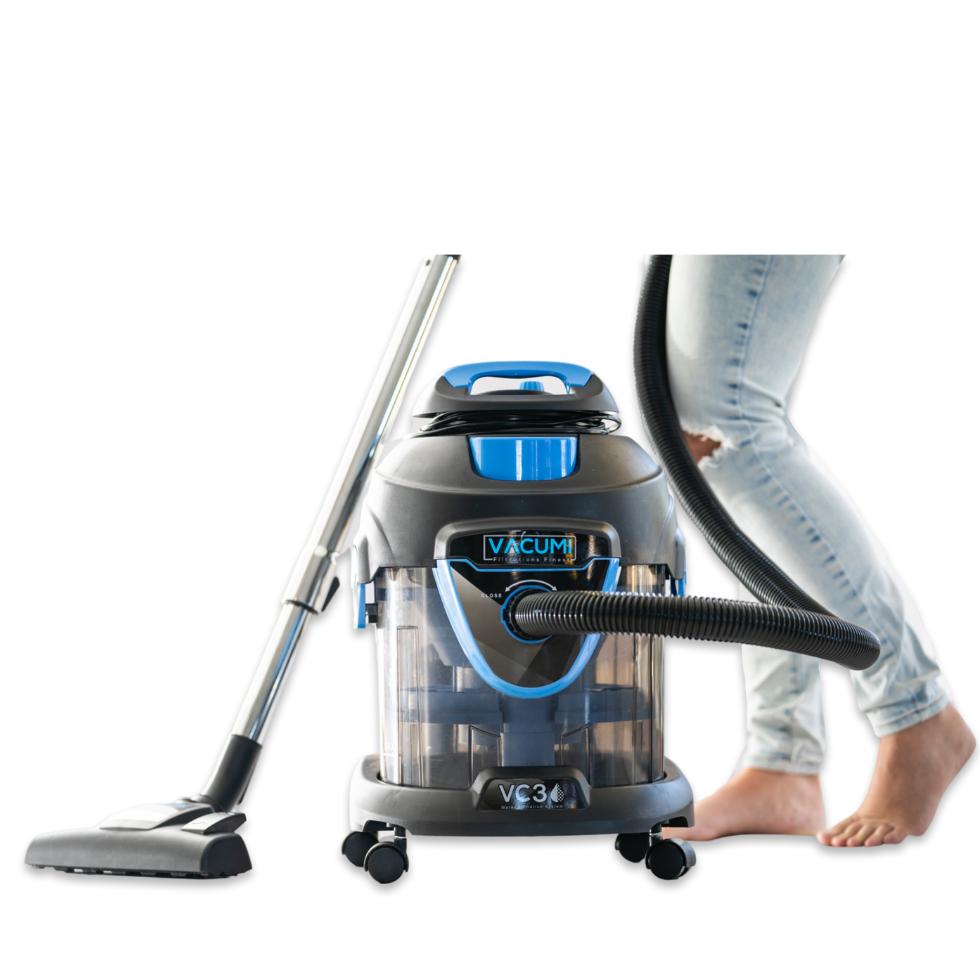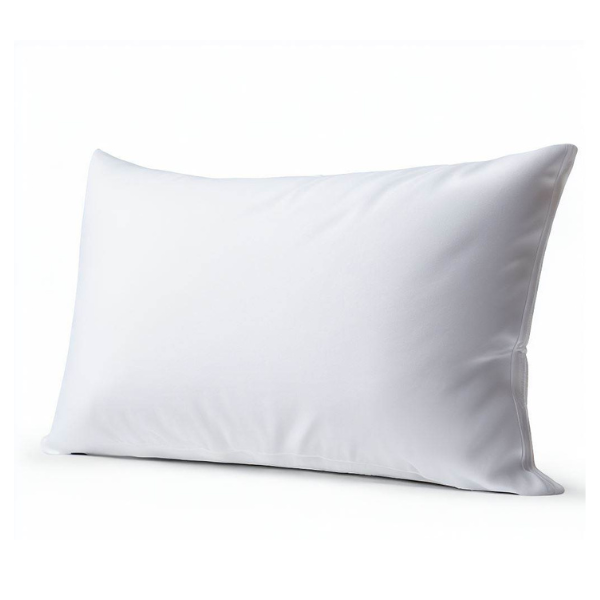When it comes to bugs that can invade your home, dust mites and bed bugs are two common culprits. A common question we get about bites - are they bed bugs or dust mites?
The answer is straightforward: dust mites cannot bite as they lack the mouthparts required for biting. Instead, the allergic reactions people experience are a reaction to proteins found in their droppings.
Bed bugs, on the other hand, do bite because they consume human blood. By understanding the differences, you can take appropriate measures to address and prevent these unwelcome visitors in your home.

What are Dust Mites?
What are Dust Mite Bites?
What are Bed Bugs?
How to Know if you Have Bed Bugs?
What are Bed Bug Bites?
How to Identify Bed Bug Bites?
How to Treat Dust Mite and Bed Bug Bites?
Preventing Dust Mite and Bed Bug Infestations
How to Get Rid of Dust Mites or Bed Bugs?
What are Dust Mites?
Dust mites are a common type of household pest and are found in almost every home, particularly in warm and humid environments. They are not visible to the naked eye, measuring around 0.2 to 0.3 millimeters in size. Despite their minuscule stature, dust mites can cause significant discomfort to humans.
Dust mites primarily feed on dead skin cells shed by humans and pets, which can be found in abundance in household dust. They thrive in bedding, mattresses, pillows, carpets, upholstered furniture, and other areas where dust tends to accumulate. As they feed, they produce waste particles that contain allergenic proteins, triggering allergic reactions in some people, particularly those with asthma or respiratory issues.
According to American Lung Association website, dust mite presence can lead to allergic reactions, respiratory problems, and skin irritations in sensitive individuals.
Consequently, effective cleaning and maintenance of living spaces become essential in managing dust mite populations and reducing their impact on indoor air quality and human health.
What are Dust Mite Bites?
According to Healthline, dust mite bites are not actual bites caused by the mites themselves. Instead, they refer to allergic reactions triggered in some individuals by the allergenic proteins present in dust mite waste particles.
What are Bed Bugs?
Bed bugs are small, reddish-brown parasitic insects. They are wingless and have a flat, oval-shaped body, which allows them to hide in cracks and crevices in and around beds and furniture.
Adult bed bugs are typically about 4 to 5 millimeters in length and have a flat, oval-shaped body. They are relatively small and reddish-brown in color, which can sometimes appear darker or more reddish after feeding on blood. Bed bug nymphs (young bed bugs) are smaller and lighter in color.
Bed bugs are blood-feeding pests that primarily target humans and animals as their hosts for sustenance. They are nocturnal creatures, coming out at night to feed on blood, and their bites can cause itchy, red welts on the skin. Bed bug infestations can be challenging to eliminate and often require professional pest control intervention.
How to Know if you Have Bed Bugs?
If you suspect you have bed bugs, it's essential to conduct a thorough inspection of your sleeping area and nearby furniture. Use a flashlight to help with visibility.
Remember that bed bugs are excellent at hiding, and their small size makes them challenging to spot. If you're unsure or want confirmation, consider seeking help from a professional pest control expert who has experience in identifying and treating bed bug infestations. Early detection and intervention are crucial in preventing the problem from escalating.
To determine if you have bed bugs, there are several signs and symptoms you can look for:
- Bite Marks: Bed bug bites often appear as small, red, itchy welts, typically in a cluster or a line. However, not everyone reacts to bed bug bites, so the absence of bite marks does not necessarily mean there are no bed bugs.
- Visual Identification: Adult bed bugs are small and reddish-brown with a flat, oval-shaped body. They are about the size of an apple seed. Look for live bugs or their shed skins in areas where they are likely to hide, such as the seams of mattresses, box springs, and crevices in furniture.
- Excrement Stains: Bed bugs leave behind tiny reddish-brown or black stains (excrement) on the mattress, bedding, or nearby furniture. These stains may smear if you touch them with a damp cloth.
- Eggs and Eggshells:
- Look for tiny, pale-yellowish eggs or eggshells, which are about 1mm in size. Bed bug eggs are often found in cracks and crevices near their hiding spots.
- Musty Odor: Some people describe the presence of bed bugs as having a sweet, musty odor. If you notice an unusual smell in your bedroom, it could be a sign of a significant infestation.
- Blood Stains: When bed bugs feed, they may leave behind small bloodstains on the sheets or pillowcases.
- Shed Skins: As nymphs (young bed bugs) grow, they shed their exoskeletons. These discarded skins can be found in areas where bed bugs are active.
What are Bed Bug Bites?
Bed bugs are small, oval-shaped insects that feed on the blood of humans and animals. They are commonly found in mattresses, furniture, and cracks in the walls.
According to Healthline, unlike dust mites, bed bugs do bite humans to obtain their blood meal. Their bites can cause a range of reactions, from mild irritation to severe allergic reactions.
How to Identify Bed Bug Bites?
Bed bug bites often appear as red, itchy welts on the skin. They are usually in a linear or clustered pattern and can be found on exposed areas of the body, such as the face, neck, arms, and hands. Unlike dust mite bites, bed bug bites tend to develop more quickly and are often noticed within a few hours.
How to Treat Dust Mite and Bed Bug Bites?
For both dust mite and bed bug bites, the primary goal is to relieve the itching and discomfort. Over-the-counter antihistamines and topical creams can help reduce the symptoms. Please consult your healthcare provider for information on the best course of action.
Preventing Dust Mite and Bed Bug Infestations
To prevent dust mite infestations, regularly wash bedding in hot water, vacuum carpets and upholstered furniture, and use allergen-proof covers on mattresses and pillows.
To prevent bed bug infestations, inspect hotel rooms and used furniture before bringing them into your home, and regularly vacuum and declutter your living space.
How to Get Rid of Dust Mites or Bed Bugs?
Getting rid of dust mites or bed bugs requires a systematic approach and persistence. Here are some general steps for addressing each problem:
Getting Rid of Dust Mites:
Please note that completely getting rid of dust mites can prove challenging; however, there are many steps you can make towards reducing their population:
-
Wash Bedding and Linens: Regularly wash your bedding, pillowcases, and other linens in hot water (at least 140°F or 60°C) to kill dust mites and remove allergens.
-
Use Allergen-Proof Covers: Consider using allergen-resistant mattress, duvet, and pillow covers to help minimize dust mite presence in your bedding.
-
Reduce Humidity: Dust mites tend to thrive in humid conditions, so consider using a dehumidifier or air conditioner to keep indoor humidity levels between 30-50%.
-
Vacuum Regularly: It’s recommended to regularly vacuum carpets, rugs, and upholstered furniture with a vacuum cleaner that has a HEPA filter.
-
Dust and Clean: Dust surfaces with a damp cloth to prevent stirring up dust mites into the air.
-
Avoid Carpeting: If possible, avoid wall-to-wall carpets, as they can trap dust and dust mites. Opt for hard flooring or washable area rugs instead.
Getting Rid of Bed Bugs:
-
Inspect and Identify: Carefully inspect your bed, furniture, and surrounding areas for signs of bed bugs, such as live bugs, excrement stains, or shed skins.
-
Isolate Infested Items: If you find infested items, isolate them in sealed plastic bags until you can address the problem.
-
Wash and Heat Treat: Wash infested bedding, clothing, and fabrics in hot water, and dry them on high heat to kill bed bugs and their eggs.
-
Vacuum Thoroughly: Vacuum the mattress, box spring, and surrounding areas to remove bed bugs and their eggs. Dispose of the vacuum bag in a sealed plastic bag.
-
Use Bed Bug Encasements: Cover your mattress and box spring with bed bug-proof encasements to trap any remaining bugs and prevent new infestations.
-
Professional Treatment: If the infestation is severe, consider hiring a professional pest control company experienced in dealing with bed bugs.
For both dust mites and bed bugs, it's essential to maintain good hygiene and regular cleaning practices. If you are dealing with a severe infestation or need guidance, consider seeking help from a professional pest control expert for effective and safe solutions.
